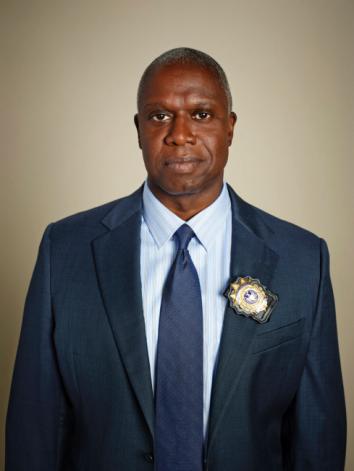GLAAD—once known as the Gay & Lesbian Alliance Against Defamation, but now, like NPR and KFC, permanently abbreviated—has released its annual “Where We Are on TV” report. It concludes that the state of the TV queer is so-so.
The report, which tracks the presence of LGBT characters on the small screen, found that in the 2013-14 broadcast television season, 3.3 percent of scripted shows’ series regulars will be lesbian, gay, bisexual, or transgender; down from 4.4 percent the year before. Of course, it was almost inevitable that the trend line would head downward this year. Not only was last season an annus mirabilis, gay-TV- wise; but also the list of cancelations included an unusually high number of shows featuring LGBT regulars. With the loss of The New Normal, Go On, Smash, The Office, 1600 Penn, Happy Endings, Don’t Trust the B___ in Apt. 23, 90210, The LA Complex, Partners, and Emily Owens, MD, it’s astonishing that the LGBT decline wasn’t more precipitous.
While it’s helpful to use the data that GLAAD has been collecting for 18 seasons to discern patterns of visibility of LGBT characters on broadcast and cable television, quantitative analysis has its limits. Aesthetically speaking, I have no doubt that the world is a better place without the dreadful, short-lived Partners, even if its early cancelation put a dent in CBS’s gay count. Similarly, 1600 Penn, whose queer content consisted of an adolescent girl telling her brother that she had a crush on a female classmate, counts as much as The New Normal, a show whose entire 22-episode focus was on the lives and loves of an affluent gay couple. This year, the effeminate Little Leaguer on Back in the Game carries the same weight as Brooklyn Nine-Nine’s groundbreaking gay Capt. Ray Holt, played by Andre Braugher. I’d also like to see a separate category for animated shows—it feels a little silly that Fox gets credit for Roger the bisexual alien on American Dad.
On cable, queers are thriving: GLAAD’s data-crunchers report there are 42 regular LGBT characters this season, compared with 35 last year. One quibble, though—GLADD also monitors race/ethnicity and disabilities, and Stahma Tarr from Syfy’s Defiance is defined as a multiracial character. But Stahma isn’t multiracial; she’s a Castithian. Perhaps it would be better to leave aliens out of the racial categories? Just saying.
This year, streaming content provides a challenge to GLAAD’s recordkeeping. As the report indicates, Netflix’s Orange Is the New Black “contains more lesbian, bisexual, and transgender characters than nearly any broadcast or cable series currently on the air,” and yet its delivery method causes it to be shunted it off to a separate content category. Hulu, meanwhile, gets credit for the U.K.’s Coronation Street and its several prominent lesbian and gay characters.
Perhaps the most useful—and sobering—result of reading 2013’s “Where We Are on TV” is the reminder that although it might seem like LGBT people are all over the TV schedule, we’re still just 3 percent of the series regulars on prime-time broadcast scripted television. And that’s including at least one bisexual cartoon alien and a little kid who’s on the list because he throws like a girl.
